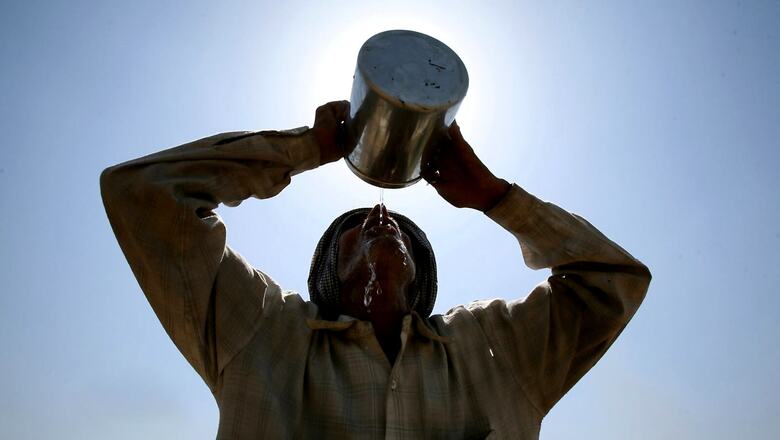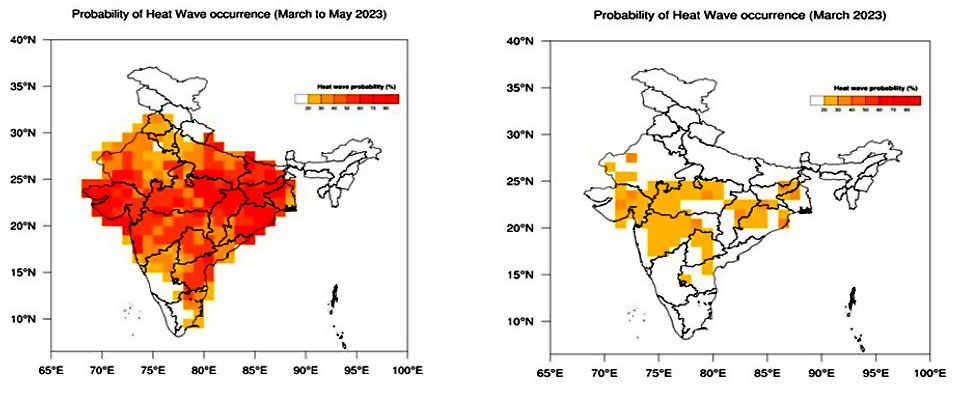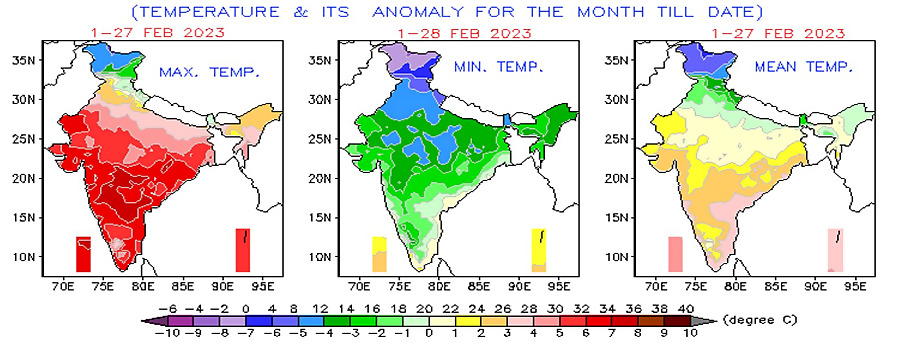
views
India witnessed its hottest February on record this year, with the average maximum temperature for the month rising to 29.5℃, the highest since 1901. The average minimum temperatures for the month, too, remained above normal by 0.8℃, indicating the onset of yet another sweltering summer.
According to the India Meteorological Department (IMD), during March to May, both day and night temperatures are expected to remain above-normal over most parts of the country, except the southern states, where they are likely to be normal to below normal.

The IMD has also warned of an increased probability of occurrence of heatwaves over many regions of Central as well as Northwest India through the season.
This comes as a dire warning, especially after last year’s record-breaking summer, which claimed several lives and caused staggering crop loss and power crisis across the country. India had recorded one of its hottest summers on record, with two successive heatwaves in March, which were not only severe, but prolonged. The sudden heat conditions had left farmers counting their losses, as the wheat grains failed to mature normally.
Responding to the concerns over an early onset of heatwaves, S C Bhan, senior scientist at IMD, said that there is certainly a likelihood of heatwaves in March, especially in Central India, but it is relatively “low”. The rainfall is also expected to be below normal in March for Northwest India and adjoining parts of Central India.

IMPACT OF CLIMATE CHANGE?
The forecast provides yet another glimpse into a warming world, with record-breaking temperatures year-after-year. “This February was exceptionally hot. Although there was no ‘heatwave’ in February, the temperatures were unusually high in certain states, especially from February 14 to 19, when they were six-eight degrees above normal in a few states,” said Bhan. The mercury had touched 39℃ in several places in Gujarat and Rajasthan.
While climate change continues to impact weather patterns across the globe, the exceptionally warm conditions in February were directly linked to the lack of western disturbances and formation of an anti-cyclone. The month was largely dry with no major rainy systems. The skies were clear, leading to more sunlight reaching the surface.

COLOUR-CODED WARNING
The IMD also announced that it would start providing colour-coded warning for heatwaves for the country from March 1.
Meanwhile, the rainfall in March is expected to be normal for the country as a whole, but it will be below-normal over most areas of Northwest India, West-Central India and some parts of East and Northeast India. Southern states are likely to witness normal to above normal rainfall. The day and night temperatures in the peninsular states are also likely to be normal to below normal in March, according to IMD.
Read all the Latest India News here















Comments
0 comment